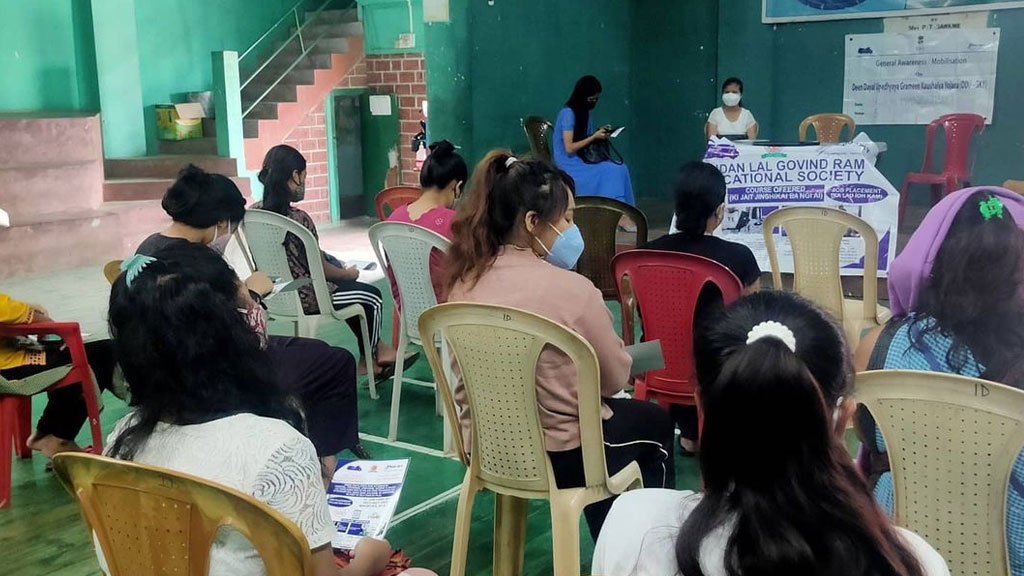Introduction:
Corporate philanthropy in education is a powerful force that goes beyond financial contributions; it is a commitment to bridging gaps and creating opportunities for a more equitable and empowered society. In this exploration of the role of corporate philanthropy in education, we delve into how businesses are actively working to address educational disparities, uplift communities, and pave the way for a future where every individual has access to quality learning opportunities.
Closing the Educational Disparities Gap:
Corporate philanthropy in education serves as a catalyst for narrowing the disparities that exist in educational access and quality. By directing resources toward underserved communities, businesses contribute to creating a more level playing field, ensuring that all students, regardless of their background, have access to a high-quality education.
Investing in Underprivileged Communities:
One of the key focuses of corporate philanthropy is investing in underprivileged communities. This may involve funding the construction of schools, providing necessary educational resources, and supporting initiatives that specifically target the unique challenges faced by students in economically disadvantaged areas.
Scholarships and Financial Aid Programs:
Many corporations recognize the financial barriers that hinder access to education. By establishing scholarship programs and financial aid initiatives, businesses help alleviate the burden of educational expenses, making it possible for deserving individuals to pursue higher education and realize their full potential.
Promoting STEAM Education:
Science, technology, engineering, arts, and mathematics (STEAM) education is crucial for preparing students for the demands of the modern workforce. Corporate philanthropy often targets STEAM initiatives, supporting programs and initiatives that inspire interest and proficiency in these fields and ensuring that students are well-equipped for the jobs of the future.
Teacher Training and Professional Development:
A holistic approach to corporate philanthropy in education includes supporting teachers and educators. By investing in training programs and professional development opportunities, businesses contribute to the overall improvement of educational quality, empowering educators to provide a more effective and impactful learning experience.
Digital Inclusion Initiatives:
In the digital age, access to technology is a prerequisite for quality education. Corporate philanthropy addresses digital inclusion by supporting initiatives that provide students with the necessary technological resources, internet connectivity, and digital literacy skills, thereby reducing the digital divide.
Community-Driven Education Projects:
The most effective corporate philanthropy initiatives are often those developed in collaboration with local communities. By engaging with community leaders and stakeholders, businesses can tailor their educational projects to address specific needs and challenges, ensuring that the impact is both meaningful and sustainable.
Measuring and Communicating Social Impact:
Transparency and accountability are integral components of corporate philanthropy. Companies engaged in education initiatives establish clear metrics to measure the social impact of their contributions. Communicating these results fosters trust with stakeholders and inspires a culture of shared responsibility in addressing educational challenges.
Conclusion:
Corporate philanthropy in education is a beacon of hope, actively working to bridge gaps and create opportunities for individuals and communities. By investing in education, businesses are not only fulfilling a social responsibility but also playing a vital role in shaping a future where everyone has the chance to thrive. As the ripple effects of these initiatives spread, the impact of corporate philanthropy in education becomes a testament to the transformative power of businesses committed to building a more inclusive and empowered society.
- By admin

